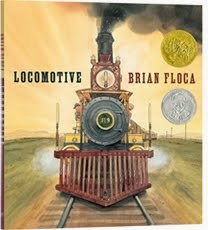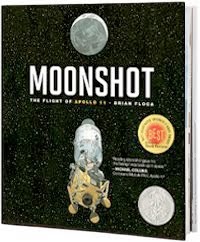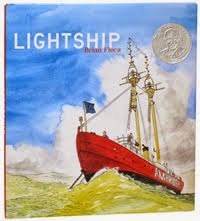Saturday, November 14, 2009
Countdown: Apollo 12
In the months leading to the 40th anniversary of the first moon landing, I put up posts on the anniversaries of the missions that led to Apollo 11. The posting is a hard habit to break, and there’s no real reason to, anyway; the Apollo missions only became more ambitious and interesting as they went on. Which brings us to today, November 14th, the 40th anniversary of the launch of Apollo 12, flown by astronauts Pete Conrad, Dick Gordon, and Alan Bean.
When John Kennedy announced the goal of landing a man on the moon, he said nothing about what, if anything, would be done there. The idea was to demonstrate American ambition and ability, to wrest the mantle of leadership back from the Soviets, who at the time of Kennedy’s announcement were logging victory after victory in the nascent space race. And so for some, the Apollo 11 mission was enough, thank you. The point was made. But for NASA landing was just the beginning; real goals of science and exploration had been woven into the Apollo program by the engineers and scientists who planned it. As their experience and abilities grew, so did the ambitions and potential of Apollo.
Consider that Apollo 11 touched down a full four miles from its intended landing site. In the months that followed, systems for navigating the moon were so improved that Conrad and Bean were assigned an incredibly precise target for their landing. They were to set down their LM, Intrepid, within walking distance of an unmanned probe that had been sent to the moon a year and a half earlier, Surveyor 3. True to their task, the astronauts landed within 600 feet of the probe. During two space walks that added up to seven hours walking on the lunar surface (Neil Armstrong and Buzz Aldrin had spent two and a half hours on the surface in one walk), Conrad and Bean, in addition to other experiments, collected material from the Surveyor probe to see how it had been effected by exposure to space.
Beyond the science and accomplishments, there’s plenty else that makes the mission fascinating. Not least is that Apollo 12 was hit by lighting — twice — during liftoff. “What they had done, they realized later,” Charles Murray and Catherine Bly Cox write in Apollo: Race to the Moon, “was to launch a 363-foot lightning rod, with the equivalent of a copper wire in the form of a trail of ionized gases running all the way to the ground.” While the Saturn launch vehicle was undamaged, the astronauts spent a harrowing few moments (or it would have been harrowing for me, anyway) watching the electrical systems in the command module go haywire. As the mission teetered on the edge of an abort one of the flight controllers, John Aaron, realized which switch to throw to reset the system. An obscure switch, but Bean knew where to find it. The fix worked, and the mission continued. The lingering question from the strikes was whether the parachute deployment systems had been damaged, but that concern wasn’t allowed to interfere with continuing the mission. Andrew Chaikin writes in A Man on the Moon: “The rationale was simple: Conrad and his crew would be just as dead if the parachutes didn’t work now as they would be after coming back from the moon….”
EDIT: A nice bit about the lightning strike and how it was handled is on YouTube here.
And then there were the dynamics of the crew. Pete Conrad was an effusive, joyful astronaut. You can hear the excitement in his voice at the 1:20 mark (and elsewhere) in this video of the landing, when he first sees that mission planners have delivered Intrepid to the exact intended landing site. “Son of a gun!” “Amazing! Fanstastic!” Not being a particularly tall astronaut, as he climbed down from the LM to the moon he uttered: “Whoopee! Man, that may have been a small one for Neil, but that’s a long one for me.” In doing so he won a bet with Italian journalist Oriana Fallaci, who had insisted to Conrad that NASA dictated to the astronauts what to say on landing. And Alan Bean, after Apollo 12 and service on Skylab, became a painter. You can visit his web site and see his work here. He recently collaborated with author Andrew Chaikin and editor Sharyn November on a beautiful book for young readers about the entire Apollo program, Mission Control: This is Apollo.
After the success of Apollo 12 — the parachutes were fine — NASA was primed to keep on with its goals of exploring and understanding the moon. The next mission was scheduled for April of the next year: Apollo 13.
Subscribe to:
Post Comments (Atom)







No comments:
Post a Comment